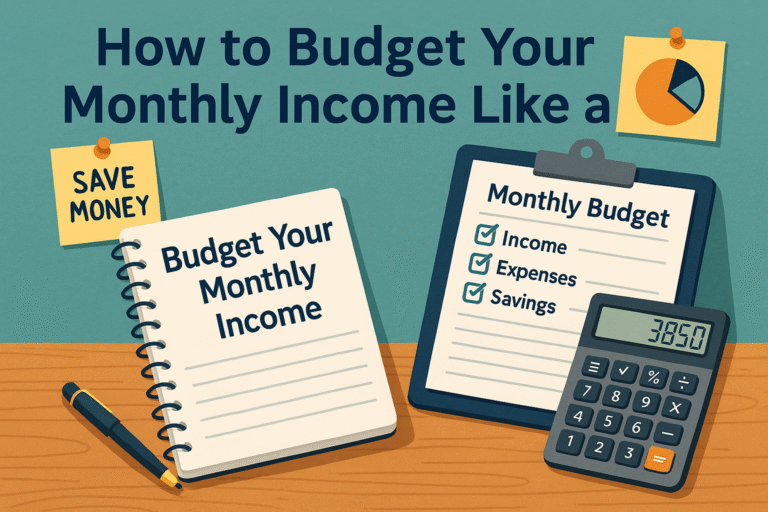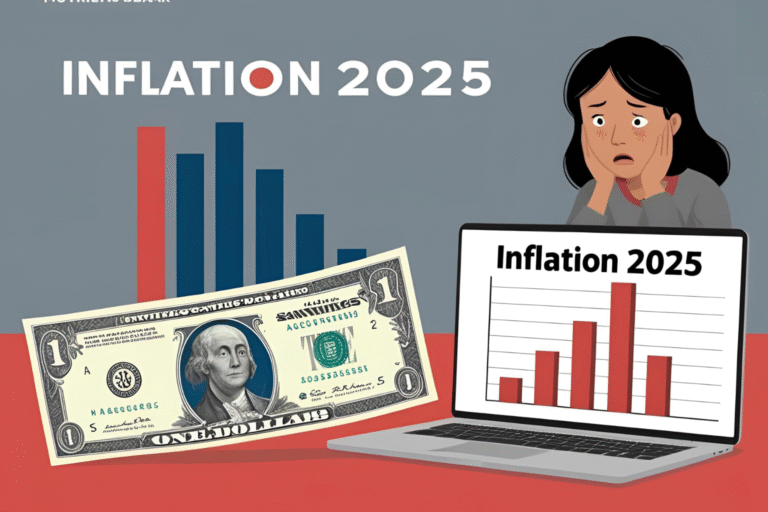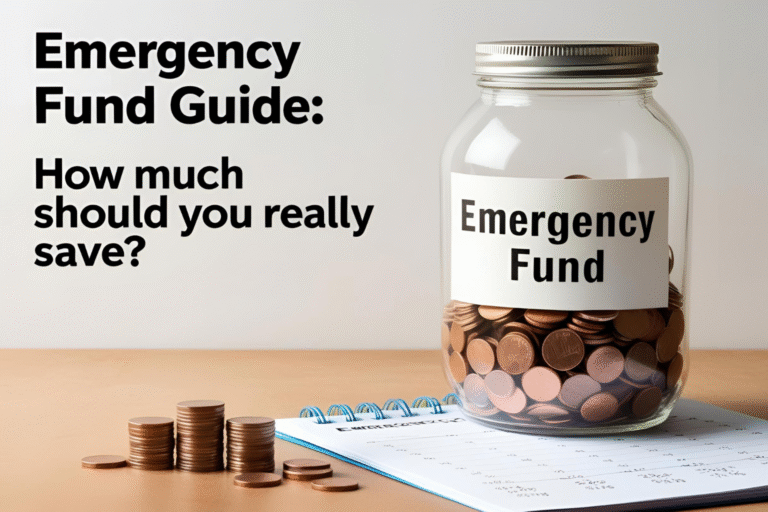Top 10 Saving Strategies for Every American Household
Saving money is one of the most essential habits for long-term financial security. Whether you’re living paycheck to paycheck or earning a comfortable income, having a savings plan can protect you from emergencies and help you reach your financial goals faster.
Here are 10 effective saving strategies that American households can apply starting today.
1. Pay Yourself First
Treat savings like a monthly bill. Set up an automatic transfer from your checking account to your savings account every payday. Even $50 a week adds up over time.
2. Use the 24-Hour Rule on Non-Essential Purchases
Avoid impulse buying by waiting at least 24 hours before making non-essential purchases. This short delay helps you decide if the purchase is truly worth it.
3. Meal Plan and Shop with a List
Groceries are one of the biggest household expenses. Plan your meals weekly, stick to a grocery list, and avoid shopping when hungry. Apps like Flipp can help find deals.
4. Cancel Unused Subscriptions
Check your credit card and bank statements for recurring charges. Cancel any subscriptions or services you no longer use. Tools like Trim or Rocket Money can help.
5. Embrace the 50/30/20 Rule
A simple budgeting method:
- 50% of income → needs
- 30% → wants
- 20% → savings and debt payoff
This strategy balances living comfortably while saving steadily.
6. Refinance or Consolidate Debt
If you have high-interest loans or credit card debt, consider refinancing or consolidating at a lower interest rate. This reduces your monthly payment and saves you money long term.
7. Set a No-Spend Challenge
Pick one weekend a month (or even a week) to commit to no non-essential spending. You’ll be surprised how much you can save—and it builds better spending habits.
8. Use Cash-Back and Reward Programs
Use credit cards that offer cash back or rewards, but only if you pay your balance in full each month. Apps like Rakuten or Fetch Rewards also offer cash-back on purchases.
9. Review Insurance and Utility Plans Annually
Many people overpay for auto insurance, home insurance, or even internet service. Shop around every 12 months to compare rates and switch if needed.
10. Open a High-Yield Savings Account
Your savings should work for you. Move your emergency fund or short-term savings into a high-yield online savings account with higher interest than traditional banks.
Final Thoughts
The key to building wealth isn’t just how much you earn—it’s how much you save and keep. By incorporating even a few of these strategies into your lifestyle, you can make a lasting impact on your financial health.
FAQs
What is the easiest way to start saving money?
Start small and automate. Even saving $10–$20 a week builds momentum and a healthy habit.
Should I save before or after paying bills?
Save first. Automate your savings on payday so it’s prioritized before discretionary spending.
Is it better to use savings to pay off debt?
If your debt has high interest (e.g., credit cards), it’s often smarter to pay it off first.
How much of my income should I save monthly?
Aim for at least 20%, but even 10% is a great starting point.
Are budgeting apps safe to use?
Yes, reputable apps like Mint and YNAB use encryption and bank-level security to protect your data.






